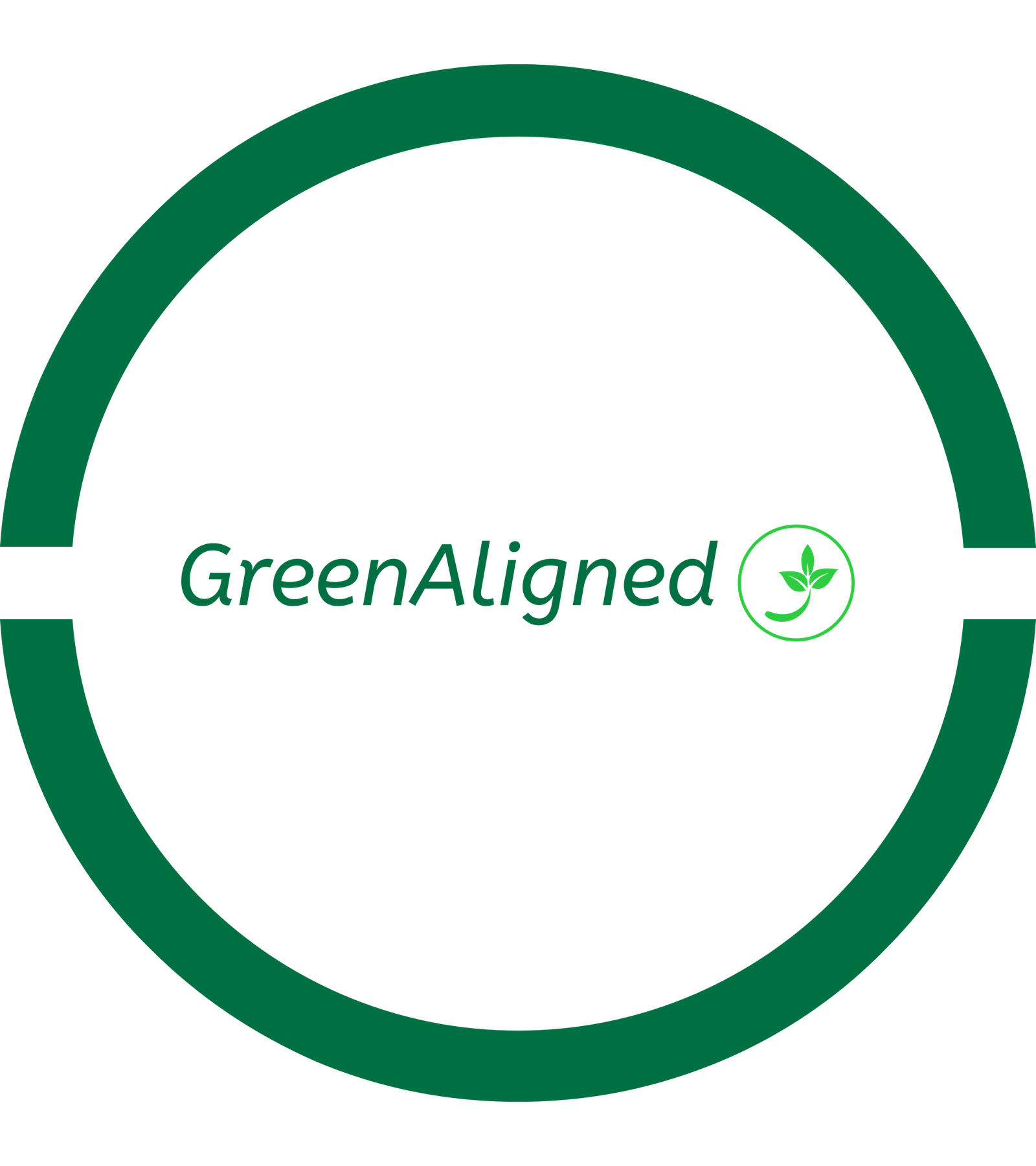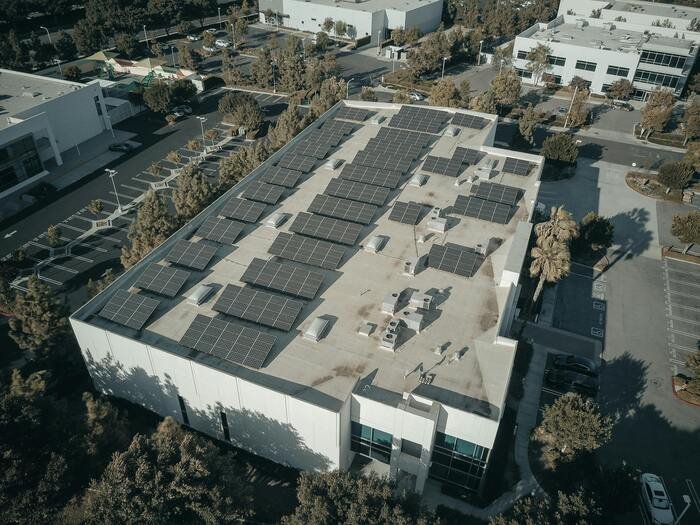The world is shifting towards renewable energy sources to combat climate change and reduce our reliance on fossil fuels. Solar farms, in particular, have gained significant attention in recent years due to their potential to generate clean and sustainable energy. In this article, we will delve into the pros and cons of solar farms, exploring their benefits and challenges in detail.
What Are Solar Farms?
Solar farms, also known as photovoltaic (PV) power stations, are large-scale solar energy generation facilities that produce electricity by converting sunlight into electrical energy. These farms typically consist of hundreds or thousands of solar panels arranged in a grid-like pattern, covering large areas of land. The electricity generated by the solar panels is then fed into the electrical grid, providing a renewable and sustainable source of power.
Pros of Solar Farms
- Renewable and Sustainable Energy: Solar farms harness the power of the sun, a renewable and inexhaustible energy source, to generate electricity. This makes them a sustainable alternative to fossil fuel-based power generation
- Reduced Carbon Emissions: Solar farms produce electricity without releasing greenhouse gases or other pollutants, making them an environmentally friendly option for energy production.
- Scalability: Solar farms can be built on a large scale, allowing for the generation of significant amounts of electricity to meet the growing energy demands of communities and regions.
- Low Maintenance: Once installed, solar farms require minimal maintenance, with the panels requiring only occasional cleaning and routine inspections.
- Job Creation: The construction and operation of solar farms can create new job opportunities in the renewable energy sector, contributing to local economic development.
- Diversification of Energy Sources: Solar farms can help diversify a region’s energy portfolio, reducing reliance on a single energy source and increasing energy security.
Cons of Solar Farms
- Land Use: Solar farms require large tracts of land, which can impact local ecosystems and disrupt existing land use patterns.
- Initial Cost: The upfront cost of building a solar farm can be high, although the long-term operational costs are generally lower compared to other energy source
- Intermittency: The electricity generated by solar farms is dependent on the availability of sunlight, which can be intermittent and variable, requiring the integration of energy storage solutions or backup power sources.
- Grid Integration Challenges: Integrating large-scale solar farms into the existing electrical grid can pose technical challenges, requiring upgrades to the grid infrastructure to accommodate the influx of renewable energy.
- Environmental Concerns: While solar farms are generally considered environmentally friendly, there are some concerns about the impact on local wildlife and habitats, particularly in sensitive or protected areas.
- Regulatory Hurdles: The development of solar farms may face regulatory and permitting challenges, depending on the local and national policies and regulations governing renewable energy projects.
Who Should Use Solar Energy?
Solar energy presents a versatile and advantageous option for a diverse range of users, including:
- Homeowners: Individuals can leverage solar panels on their rooftops to generate clean, renewable electricity, leading to reduced energy costs and a more sustainable lifestyle.
- Businesses: Companies, especially those with substantial energy requirements, can benefit from solar panel installations to power their operations efficiently while decreasing their environmental impact.
- Governments and Municipalities: Local and national authorities have the opportunity to invest in large-scale solar farms, meeting energy demands sustainably and facilitating the shift towards renewable energy sources.
- Remote or Off-Grid Communities: Solar energy emerges as a practical solution for powering remote or off-grid areas that lack access to conventional electricity infrastructure, offering a reliable and eco-friendly energy source.
- Developers and Real Estate Investors: Incorporating solar energy into new construction projects can enhance property value and sustainability, appealing to environmentally conscious buyers and contributing to a greener future.
By evaluating the advantages and disadvantages of solar farms and recognizing the potential advantages of solar energy, individuals and organizations can make well-informed decisions regarding the adoption of this renewable energy technology.
Conclusion
Solar farms offer a promising solution for generating renewable and sustainable energy on a large scale. While they come with some challenges, such as high initial costs, space requirements, and weather dependency, the benefits of solar farms, including their environmental friendliness, low maintenance, and global utility, make them an increasingly attractive option for communities, utilities, and governments seeking to transition to clean energy sources. As technology continues to evolve and costs decrease, the adoption of solar farms is likely to increase, contributing to a more sustainable energy future.
Frequently Asked Questions
How Do Solar Farms Work?
Solar farms work by converting the sun’s energy into electricity using photovoltaic (PV) solar panels. These panels are arranged in large arrays and installed on a tract of land. The solar panels absorb sunlight and subsequently convert it into direct current (DC) electricity. This DC electricity is then converted to alternating current (AC) electricity through an inverter, which can then be fed into the regional power grid for distribution to homes, businesses, and communities.
What Are The Environmental Benefits of Solar Farms?
The primary environmental benefit of solar farms is that they generate electricity without producing any greenhouse gas emissions or other pollutants. Solar energy is a clean, renewable resource that does not deplete natural resources or contribute to climate change. Additionally, solar farms have a relatively small environmental footprint compared to other energy generation methods, such as fossil fuel power plants or hydroelectric dams, which can have significant impacts on local ecosystems and habitats.
How can I Invest in or Support Solar Farms?
There are several ways to invest in or support solar farms:
- Invest in solar energy companies or funds that own and operate solar farms.
- Participate in community solar programs, where you can subscribe to a share of a local solar farm and receive credits on your electricity bill.
- Advocate for policies and regulations that support the development of solar farms, such as tax incentives, renewable energy mandates, or streamlined permitting processes.
- Consider hosting a solar farm on your own property, if you have the available land and resources.
- Support organizations and nonprofits that work to promote and expand the use of solar energy, including solar farms.




